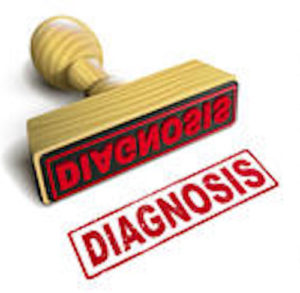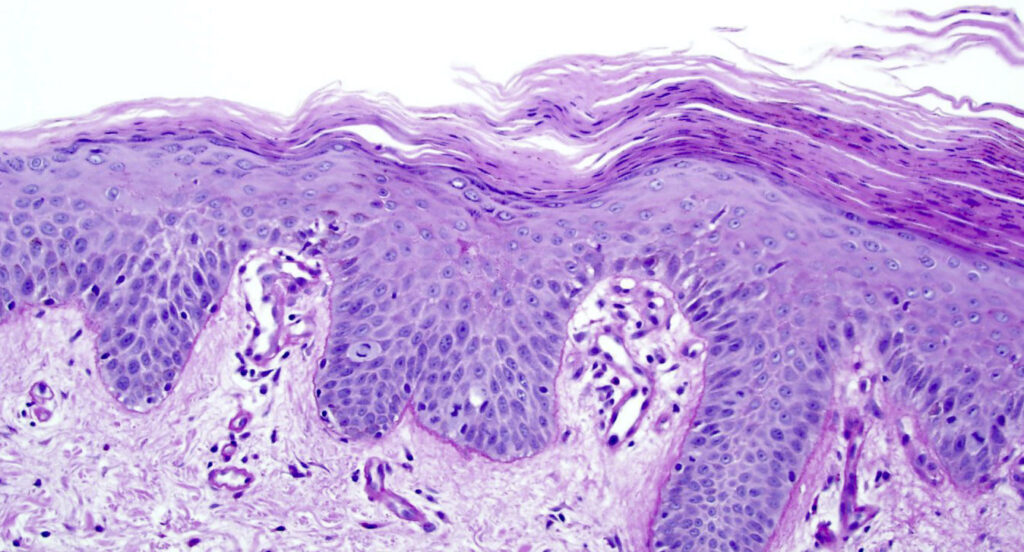A PRP Newsletter Reborn
It’s time for me to resurrect the PRP newsletter. Twenty-four issues (an average of 24 pages per issue) were published between April, 2014 and October, 2015. It has taken me two and a half years to get myself to a point — mentally — where I can make another 24-issue commitment. The following webpage is an […]
A PRP Newsletter Reborn Read More »









